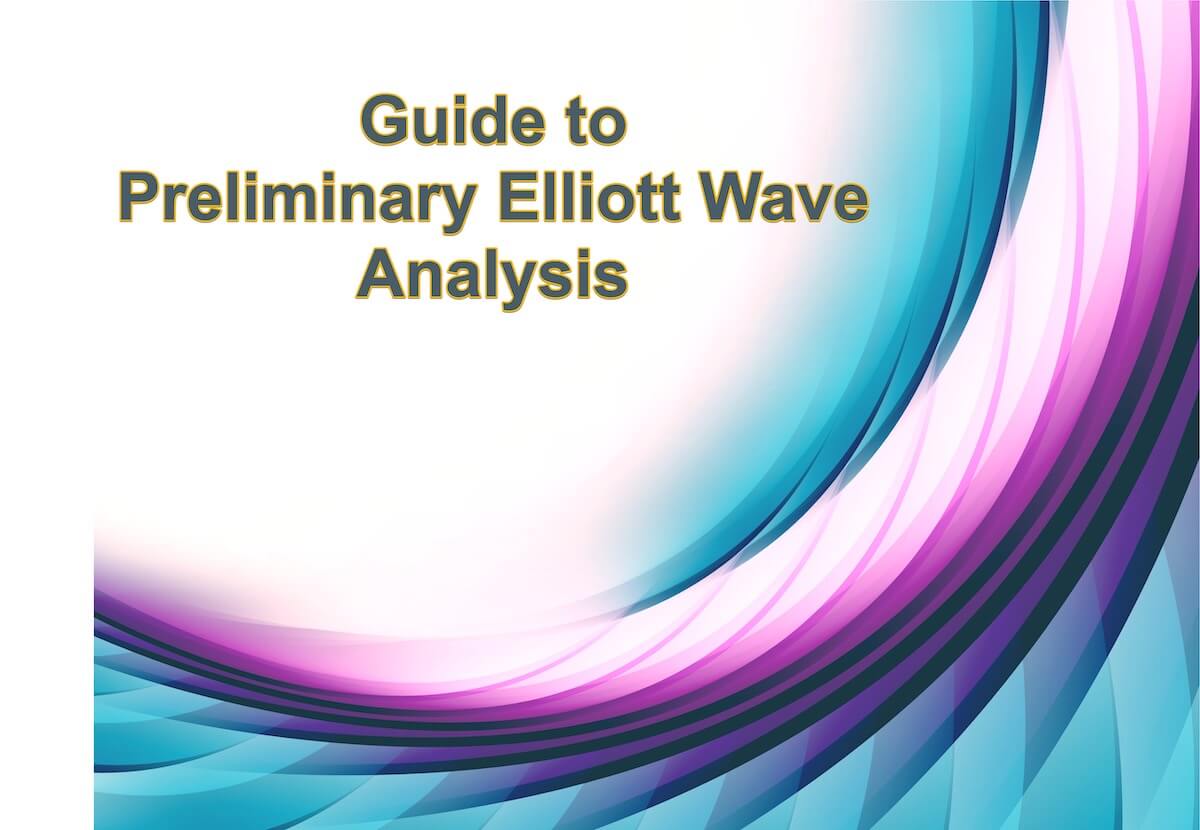We have completed the section that covers the preliminary concepts of the Elliott Wave Analysis described by Glenn Neely. These concepts are explained and include the following aspects.
- Introduction to wave analysis. In this section, we introduce the concept of Wave Theory, the benefit of its study, and its pros and cons.
- Basic concepts of wave analysis. This section presents the key concepts to understand the wave analysis process.
- How to start a wave analysis. In this four-part section, we unfold the essential steps to understand the nature of price movements.
- How to use retracements to analyze waves. This section, divided into five parts, exposes the use of Fibonacci retracement to discover what kind of Elliott wave movement is in progress.
- First Rule. This section presents what occurs when the second wave (W2) retraces less than 38.2% of the first wave (W1).
- Second Rule. This section exposes the scenarios when W2 retraces between 38.2% and 61.8% of W1.
- Third Rule. This article unveils what kind of pattern is in progress when W2 retraces 61.8% of W1.
- Fourth Rule. This article unveils the potential kind of Elliott wave patterns when W2 retraces between 61.8% and 100% of W1.
- Rules Fifth to Seventh. In this article, we present what occurs when W2 exceeds over 100% of W1.






